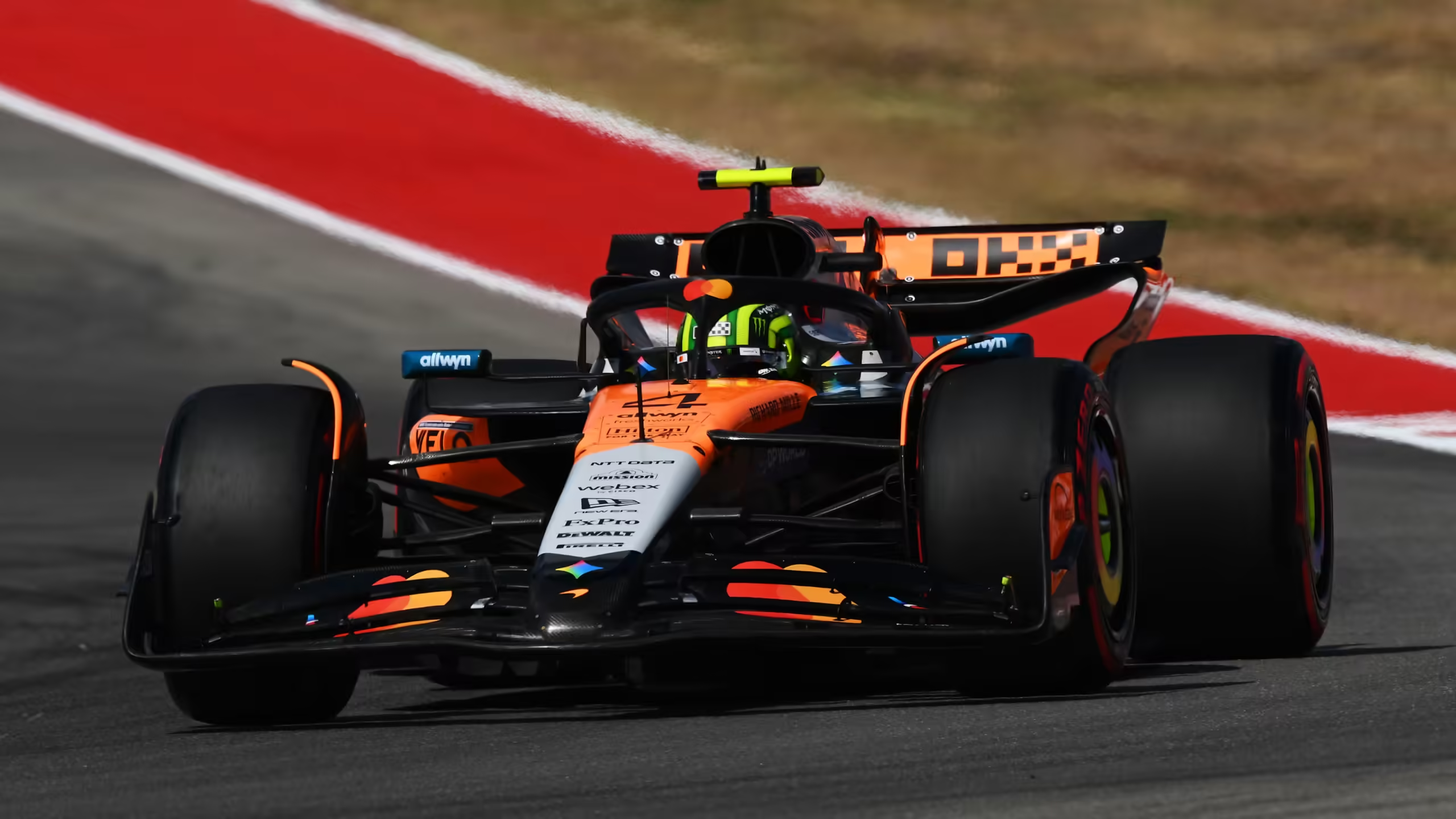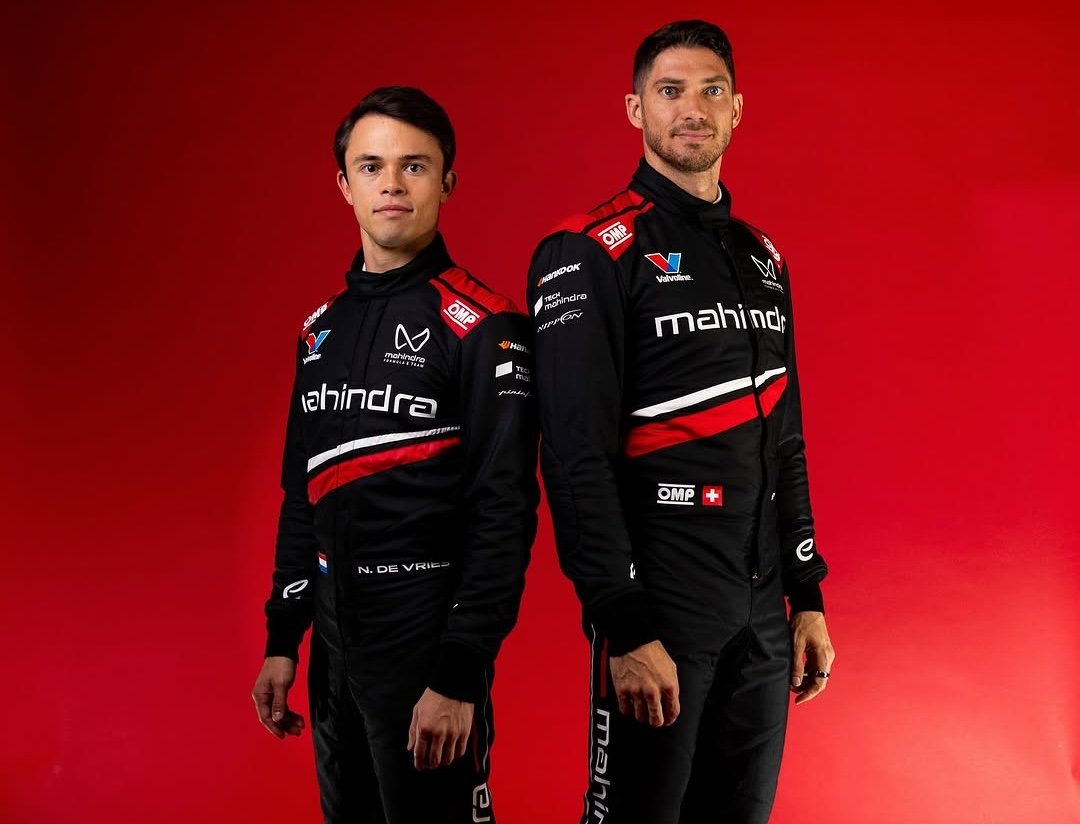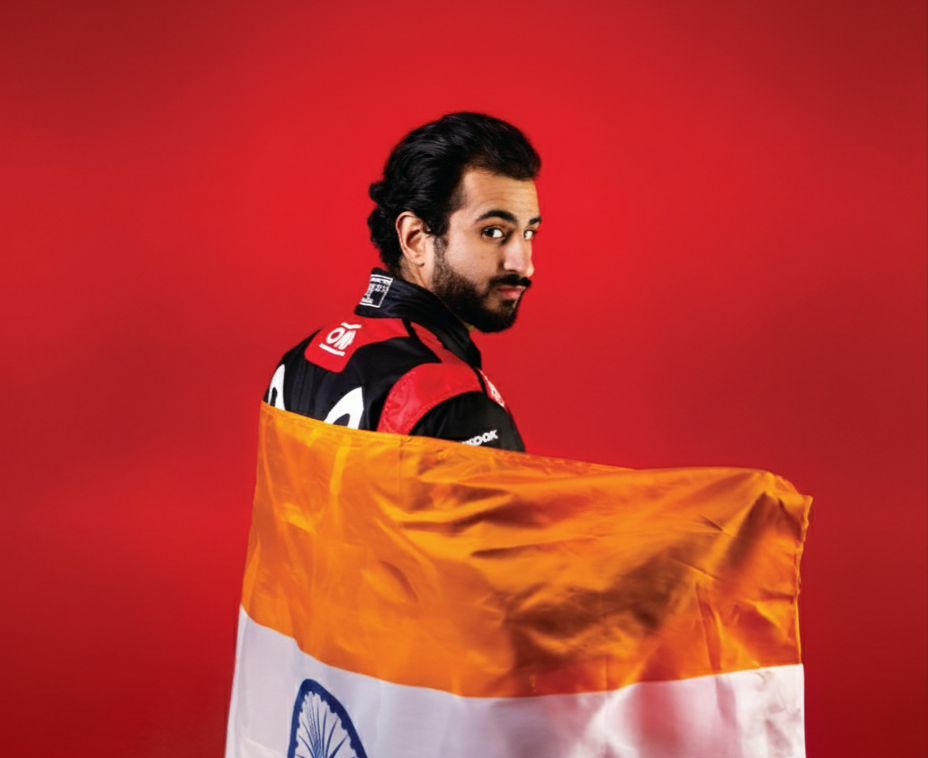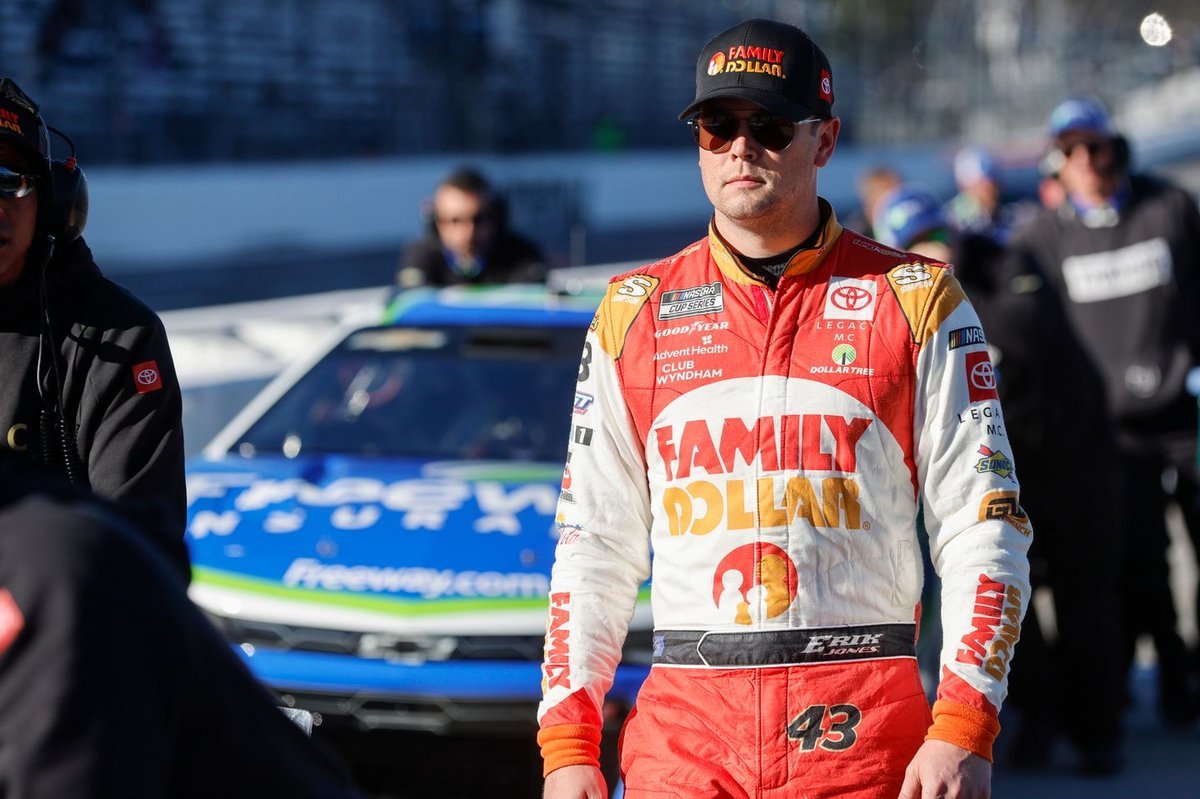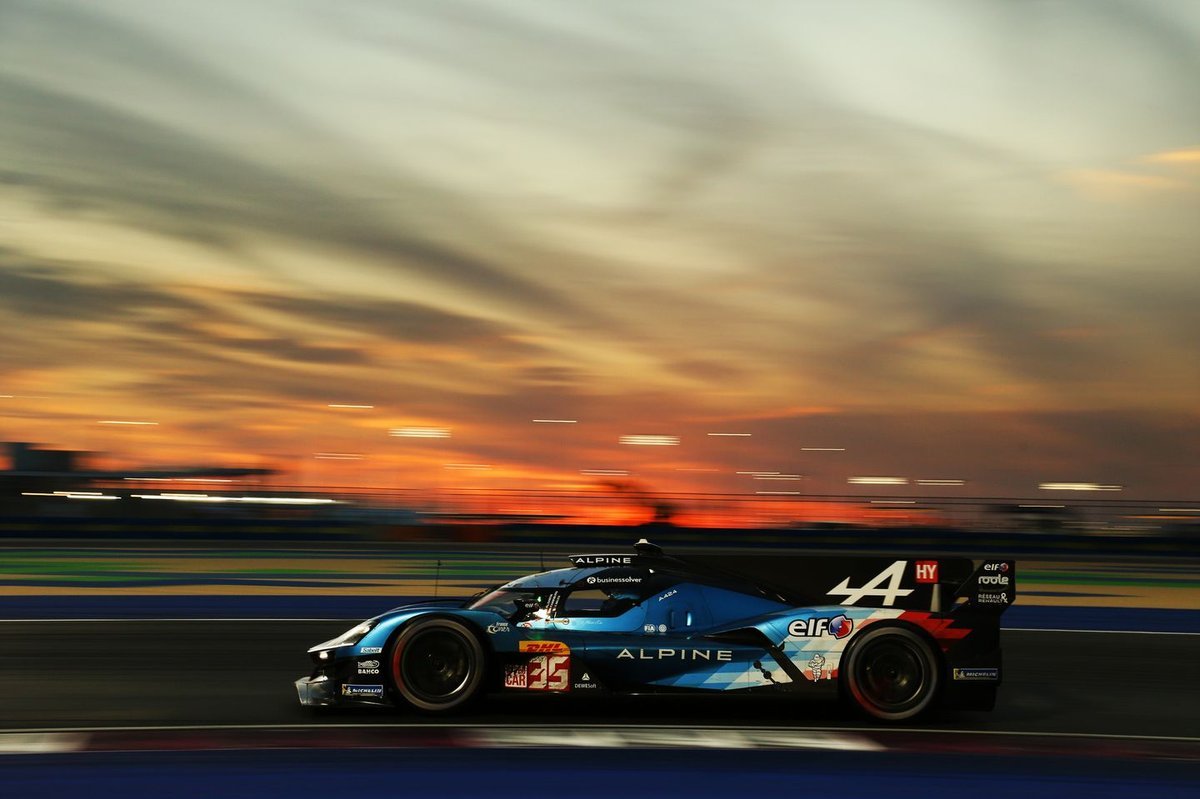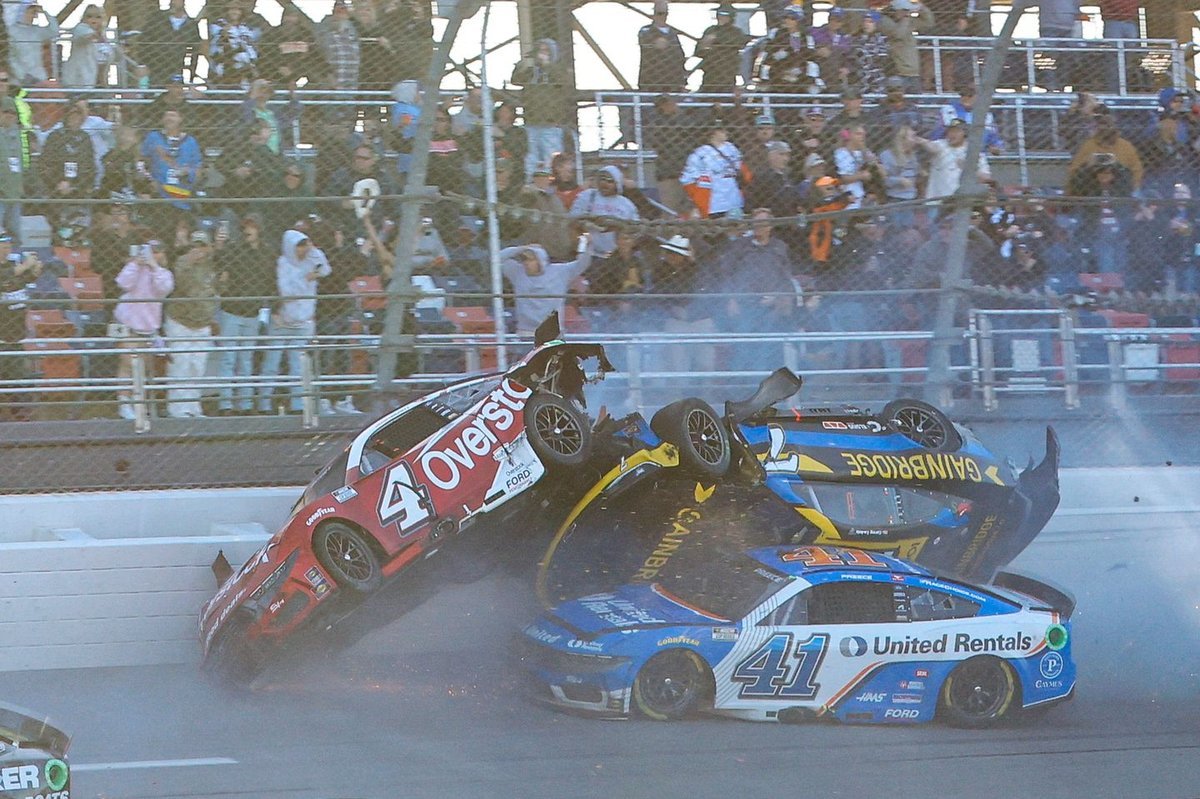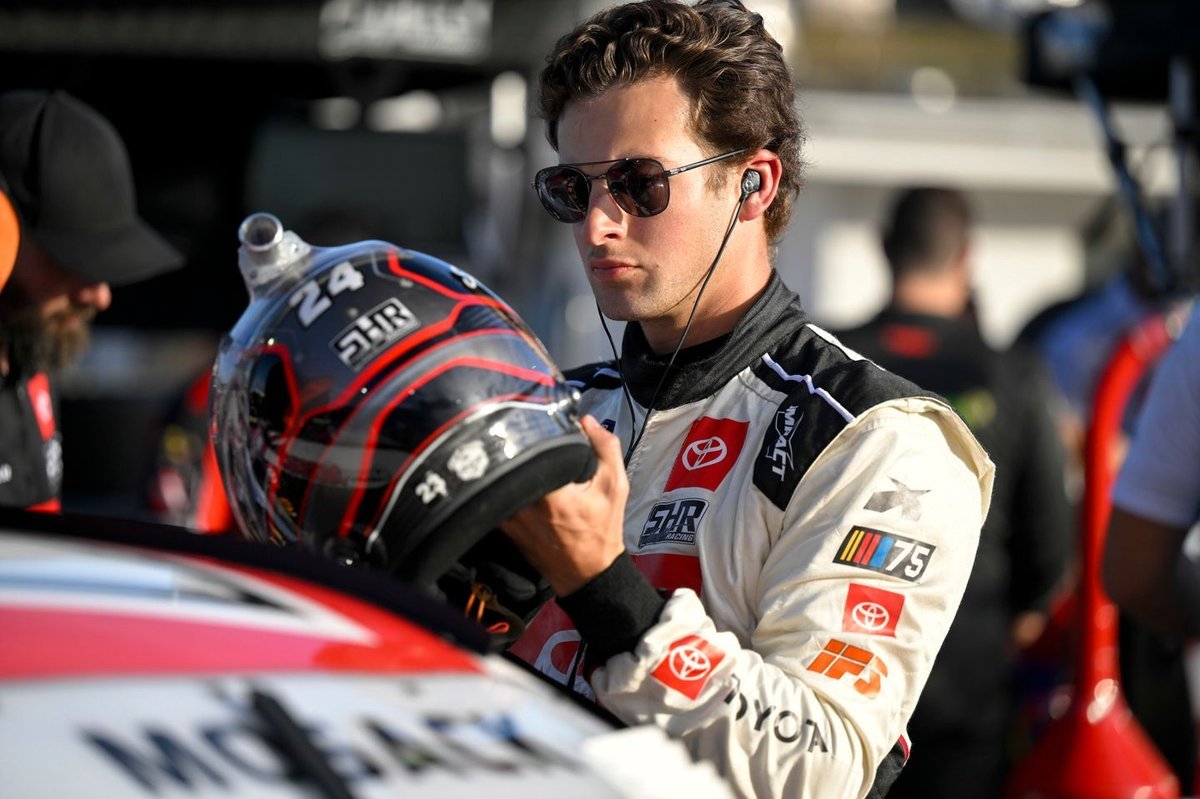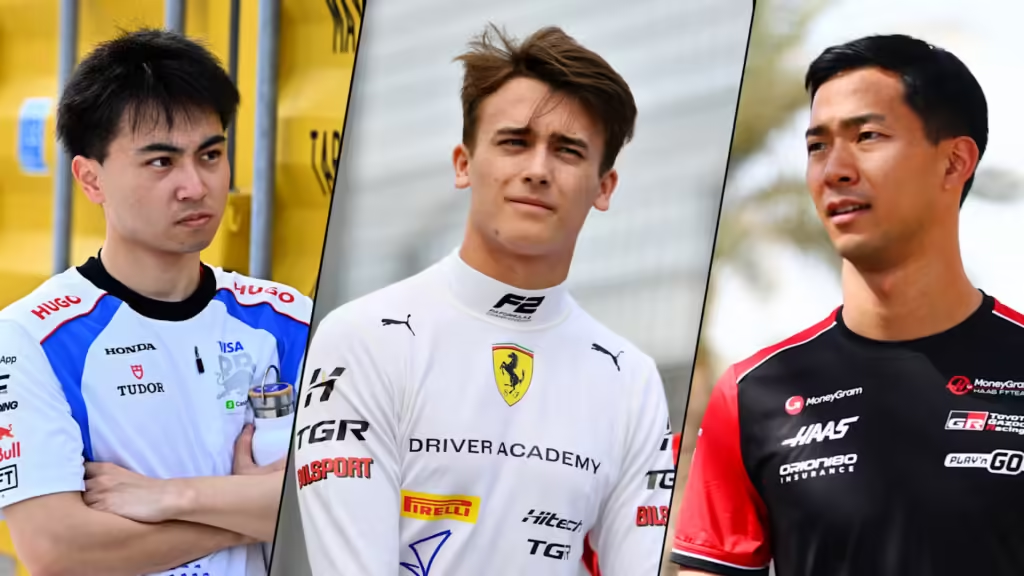
Get to know the six rookie drivers making their FP1 debut at the 2025 Bahrain Grand Prix. Who will shine under the desert lights?
Introduction
The 2025 Formula 1 season brings an exciting rule change: every team must field a rookie driver—defined as one with no more than two Grand Prix starts—in at least two Free Practice 1 (FP1) sessions per car throughout the season. This initiative is aimed at giving fresh talent valuable on-track experience, and the Bahrain Grand Prix will be the first race to implement this rule.
Six teams have stepped up, selecting rookie drivers who will get their first taste of a competitive F1 weekend. These young guns will have a golden opportunity to showcase their talent on one of the most challenging circuits on the calendar. But who are they, and why are they the ones to watch? Let’s dive into the details.
Table of Contents
| Sr# | Headings |
|---|---|
| 1 | Overview of Rookie Participation in FP1 |
| 2 | Ayumu Iwasa – Red Bull Racing |
| 3 | Dino Beganovic – Ferrari |
| 4 | Frederik Vesti – Mercedes |
| 5 | Felipe Drugovich – Aston Martin |
| 6 | Ryō Hirakawa – Haas F1 Team |
| 7 | Luke Browning – Williams Racing |
| 8 | Strategic Implications of Rookie Integration |
| 9 | Bahrain International Circuit – A True Test for Rookies |
| 10 | Team Perspectives on the New FP1 Rule |
| 11 | What This Means for F1’s Future Talent Pipeline |
| 12 | Conclusion |
| 13 | FAQs |
Overview of Rookie Participation in FP1
The Bahrain Grand Prix is set to witness a new wave of talent stepping into F1 machinery. Here’s a quick look at the teams and their selected rookies:
graph TD;
A[Red Bull Racing] –> B[Ayumu Iwasa];
C[Ferrari] –> D[Dino Beganovic];
E[Mercedes] –> F[Frederik Vesti];
G[Aston Martin] –> H[Felipe Drugovich];
I[Haas F1 Team] –> J[Ryō Hirakawa];
K[Williams Racing] –> L[Luke Browning];
Each of these drivers has earned their place through years of hard work, climbing through the ranks of junior motorsport categories. Let’s take a closer look at them.
Ayumu Iwasa – Red Bull Racing
The 23-year-old Japanese driver will take the wheel of Max Verstappen’s RB21 for FP1. As a long-time member of the Red Bull Junior Team, Iwasa has been steadily building his resume. Having previously participated in FP1 sessions for Racing Bulls in 2024 and secured a solid fifth-place finish in Japan’s Super Formula championship, his familiarity with Red Bull’s machinery gives him a great advantage.
Will Iwasa impress Red Bull enough to be considered for a future seat? His FP1 performance at Bahrain will be key.
Dino Beganovic – Ferrari
Swedish sensation Dino Beganovic, 21, will replace Charles Leclerc in FP1 for Ferrari. As a Ferrari Driver Academy (FDA) graduate, Beganovic has already tasted success, winning the Formula Regional European Championship and making a mark in FIA Formula 3. His methodical driving style and adaptability make him a promising contender for Ferrari’s future plans.
Can he handle the pressure of stepping into one of the most coveted seats in motorsport? The Bahrain GP FP1 will provide the first hints.
Frederik Vesti – Mercedes
Danish driver Frederik Vesti, 23, is no stranger to Mercedes. Having participated in FP1 sessions in Mexico and Abu Dhabi in 2023, he has also played a crucial role in the team’s simulator development program. Currently competing in the IMSA endurance championship, Vesti’s FP1 run is part of Mercedes’ structured approach to integrating young drivers.
Could Vesti be a future Mercedes star? A strong performance in Bahrain might just keep him on the radar.
Felipe Drugovich – Aston Martin
Brazil’s Felipe Drugovich, 24, will take over Fernando Alonso’s seat for FP1. The 2022 Formula 2 champion has been Aston Martin’s reserve driver since 2023, frequently participating in the team’s testing programs.
Will Drugovich prove he’s more than just a reserve? Bahrain’s FP1 session will be his chance to shine.
Ryō Hirakawa – Haas F1 Team
At 30 years old, Japanese driver Ryō Hirakawa is the most experienced rookie on this list. A Le Mans 24 Hours winner and former McLaren and Alpine reserve driver, Hirakawa will be driving for Haas, replacing Oliver Bearman.
Could Haas consider Hirakawa for a full-time F1 seat? His performance in FP1 might determine his chances.
Luke Browning – Williams Racing
Luke Browning, 22, will replace Carlos Sainz Jr. for FP1 at Williams. The 2022 GB3 champion and current FIA Formula 3 competitor is being groomed for bigger things. Williams has a history of giving young talents a chance—just ask George Russell.
Will Browning be Williams’ next big success story? Bahrain FP1 will provide an early indication.
Strategic Implications of Rookie Integration
The introduction of mandatory rookie participation in FP1 sessions benefits both teams and drivers. For teams, it’s an opportunity to evaluate talent under real-world conditions. For drivers, it’s a golden ticket to prove themselves.
Bahrain, with its mix of high-speed straights and technical corners, will put these rookies to the test. Adaptability and quick learning will be crucial.
Conclusion
The 2025 Bahrain Grand Prix FP1 session is shaping up to be a pivotal moment in the careers of these six rookies. Whether it’s Iwasa’s experience with Red Bull, Beganovic’s rise through Ferrari’s ranks, or Drugovich’s time at Aston Martin, each driver has a unique story to tell. This session will not only provide them with invaluable experience but also offer teams a glimpse into the future of F1.
FAQs
1. Why is FP1 important for rookie drivers?
FP1 sessions allow rookies to gain real-world experience in an F1 car, helping teams evaluate their potential.
2. How are rookie drivers selected for FP1?
Teams typically choose young drivers from their junior academies or those performing well in feeder series like F2 or Super Formula.
3. Which rookie has the best chance of securing a full-time F1 seat?
Felipe Drugovich and Frederik Vesti are among the top contenders due to their extensive testing experience.
4. What challenges do rookies face in FP1 sessions?
Adapting to F1 car performance, handling tire degradation, and providing useful feedback in just one hour are key challenges.
5. How does the new FP1 rookie rule impact F1’s future?
It ensures that fresh talent gets a fair chance to showcase their skills, keeping the driver pool competitive.


